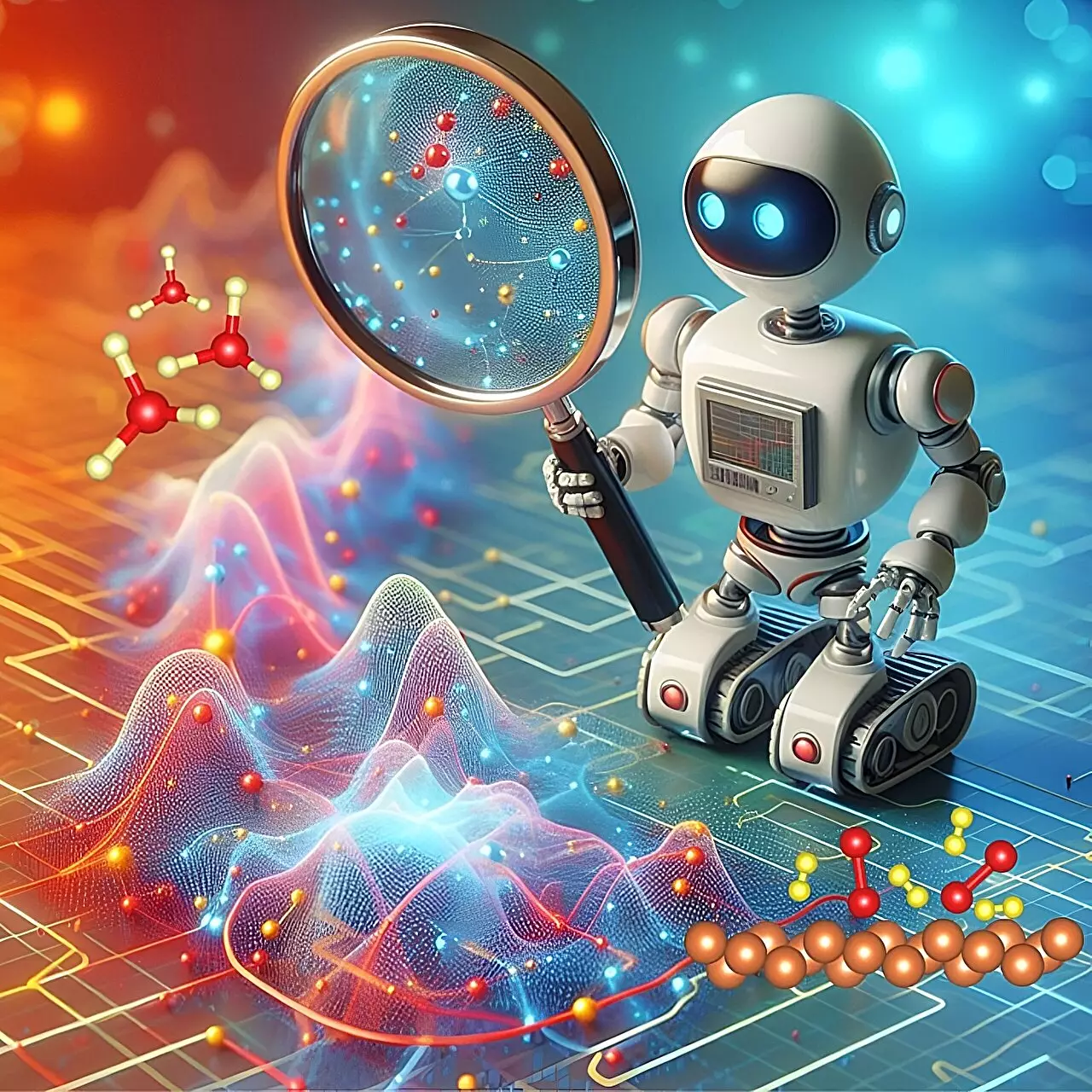Ammonia production has been an essential component of industrial chemistry for over a century. The synthesis of ammonia is primarily conducted through the Haber-Bosch process, a method that combines atmospheric nitrogen with hydrogen to produce ammonia. This high-volume process contributes significantly to global agricultural practices, supporting nitrogen fertilization that enhances crop yields. In fact, the world generates approximately 160 million tons of ammonia annually. Yet, despite its vital role in agriculture and various industries—ranging from food refrigeration to household cleaning—the production process remains plagued by inefficiencies.
Researchers have long grappled with the conundrum of low yield and efficiency in ammonia production. Traditional methods not only limit the scalability of ammonia production plants but also contribute to substantial carbon emissions. The necessity for improvement becomes paramount as global demand for ammonia continues to rise, alongside energy costs and environmental concerns. The challenge of optimizing catalytic processes in ammonia synthesis has led to increasing interest in advanced methodologies capable of enhancing production efficiency while minimizing environmental impact.
A breakthrough in this field has emerged from a collaborative research team at Iowa State University, spearheaded by Qi An, an associate professor in materials science and engineering. The team has developed a cutting-edge framework known as HDRL-FP, which stands for High-Throughput Deep Reinforcement Learning with First Principles. This innovative technology integrates artificial intelligence to unravel the complex chemical reactions involved in ammonia production and similar processes. By harnessing machine learning principles, particularly reinforcement learning, HDRL-FP seeks to identify the most effective pathways for chemical reactions, leading to an increase in yield and a reduction in associated costs.
At the core of HDRL-FP lies the concept of reinforcement learning, a machine learning methodology that incentivizes progressive optimization through reward-based training. This approach mirrors training techniques used with animals; the system learns and adjusts its actions based on the rewards for finding efficient reaction pathways. This adaptive learning process is critical in sorting through the overwhelming amount of data generated in chemical reactions, allowing researchers to filter out the most viable pathways from a vast array of possibilities.
The distinctive capability of HDRL-FP is its connection of simulated reactions to the atomic positions involved in the process. Initially, studies commence by mapping atomic arrangements on an energy landscape, a simplified representation that negates the need for an exhaustive depiction of every state, action, or reward associated with a specific reaction. This method streamlines the research process, offering a more intuitive approach to understanding catalytic mechanisms.
The implications of such advancements could be transformative within the chemical industry. Not only does HDRL-FP promise to enhance the efficiency of ammonia production, but it also holds the potential to reduce carbon dioxide emissions significantly. Such reductions can be particularly impactful in meeting global sustainability goals as industries increasingly focus on minimizing their carbon footprints. Furthermore, the framework could allow for the decentralization of ammonia production facilities, paving the way for smaller and more widespread plants that could operate efficiently on regional scales.
The Path Forward: Research and Development
The development of HDRL-FP is just the beginning of what may be an extensive research endeavor. The system’s initial applications have focused on ammonia production, yet its foundational methodologies are applicable to a wide array of catalytic reactions. The researchers envision a future where this technology augments various chemical processes, ultimately enabling the global industry to better respond to the mounting challenges of sustainability and resource management.
The integration of artificial intelligence in the realm of ammonia production represents a significant step towards not only improving industrial efficiency but also addressing critical environmental issues. As this technology continues to evolve, it promises to facilitate a new era of chemical synthesis, where optimized processes drive both economic benefits and ecological responsibility. The journey of HDRL-FP illustrates how innovative thinking can yield remarkable advancements, enhancing our understanding of chemistry while promoting a sustainable industrial future.


Leave a Reply